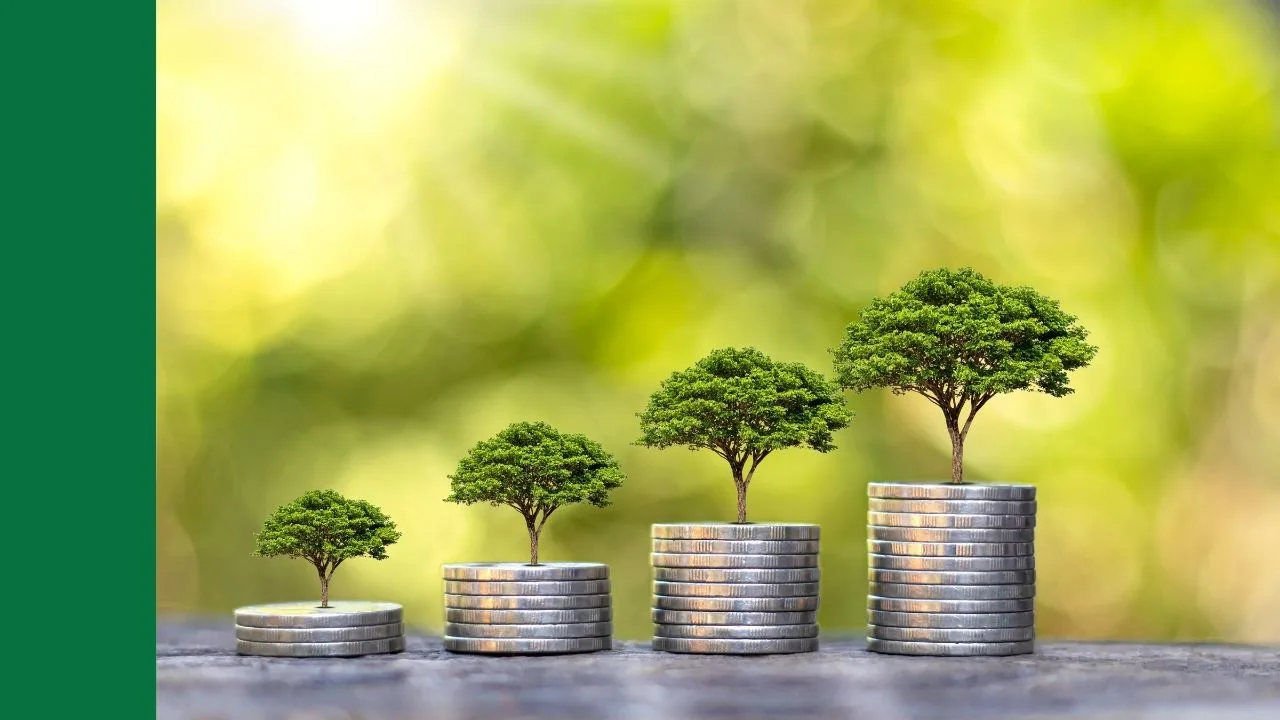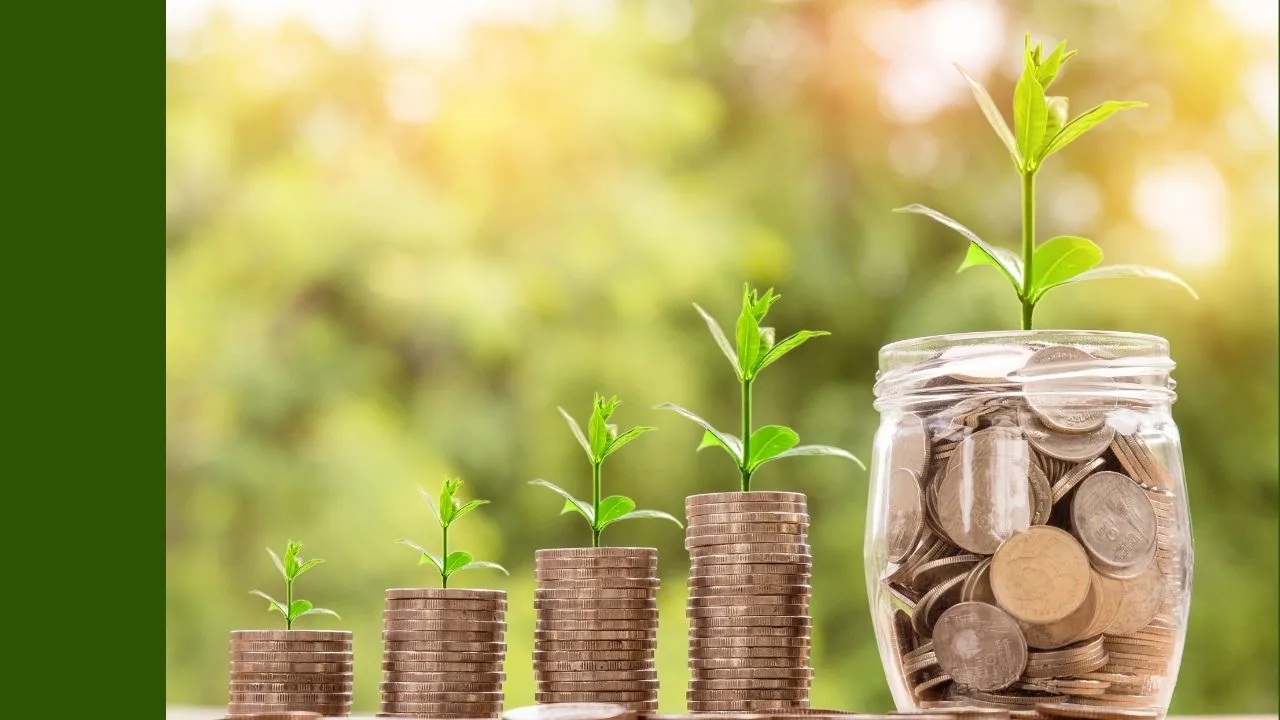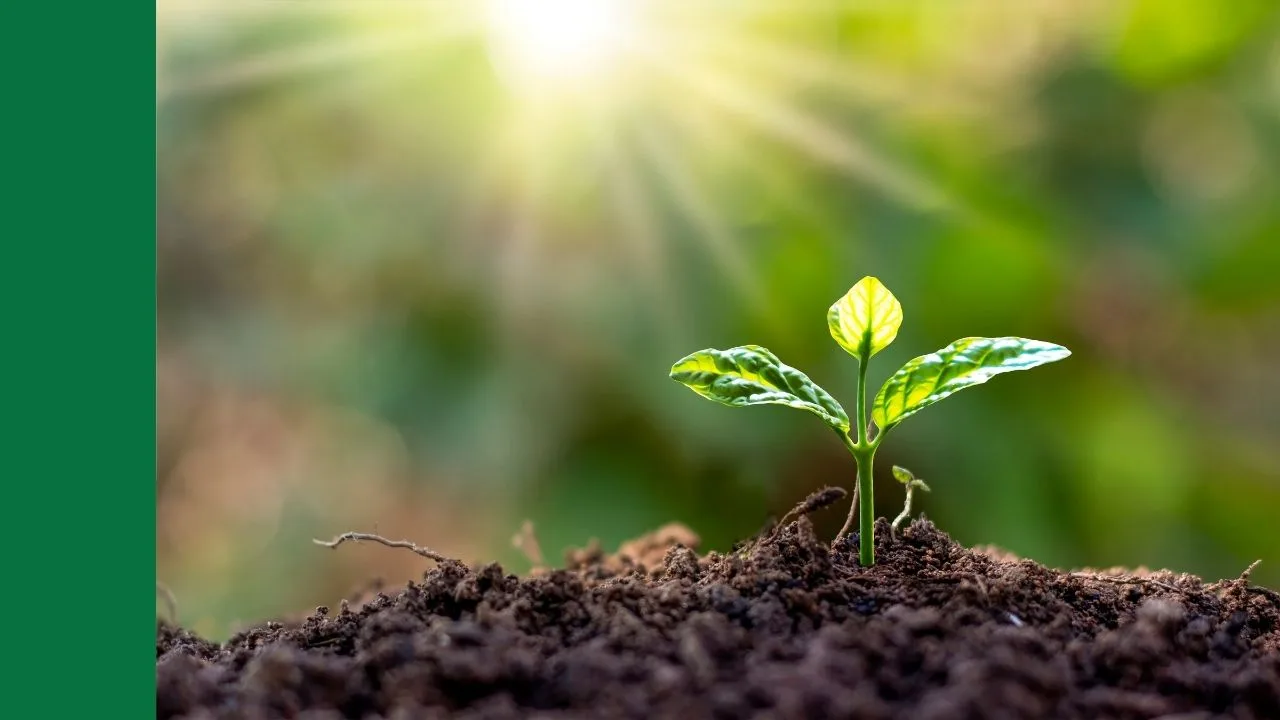“This is the time for defensive stocks to shine.”
“Cyclical stocks are moving out of favour.”
You must have heard phrases like these that include the terms – defensive stocks and cyclical stocks.
In fact, you’ve probably heard them so many times that their true meaning may not even register as they blend in with all of the other market-related jargon.
However, as an investor dealing with volatile markets, it pays to know how different types of stocks are likely to move at various stages of the market cycle.
In this article, we will look at the difference between defensive and cyclical stocks and how you can put them to good use in your portfolio.
Let’s start with the basics first.
What are defensive stocks?
As the term suggests, defensive stocks tend to provide a certain level of stability and consistent earnings – usually through dividends – to your portfolio.
On a sector or industry level, defensive stocks are those that belong to industries that are in constant demand. For example, food, consumer staples, utilities and healthcare.
Even if there is a recession or an economic slowdown people will still need to eat. They still need water and electricity for their homes.
Also known as non-cyclicals, defensive stocks represent products and services that people need no matter what the prevailing economic condition is.
If we look at the recent market falls in October, the S&P500 sector that held its ground better than most other sectors was the Consumer Non-Cyclicals sector.
This shouldn’t be terribly surprising as this is traditionally a defensive sector. Although this sector did have a bit of a wobble earlier in the year, it held up relatively well in October while other sectors suffered significant corrections.
Goods and services in the defensive sector are things that people need to keep buying. They won’t stop just because there is a downturn in the market. It is stuff that people need.
Defensive stock examples
Consumer Staples – these are stocks in companies that produce and sell food items, beverages and some household items that are in constant demand.
An outstanding example of consumer staple stock is McCormick & Company (NYSE: MKC) – a Fortune 1000 company. I wrote about McCormick here. It manufactures, markets and distributes spices, seasoning mixes, condiments and other flavourful products to the entire food industry including retail outlets, food manufacturers, foodservice operators and restaurants.
In recent times, the strong sales of spices, seasonings, gravies, extracts and food flavourings around the world have delivered mouth-watering results for McCormick.
The company has also declared a quarterly dividend of US$0.52 per share on its common stock. McCormick’s current annualised dividend rate of US$2.08 per share represents an increase of 11% over the annual dividend of US$1.88 per share paid in the fiscal year 2017.
Based on these numbers, this global spice and flavour company is clearly in a sweet spot in the Consumer Non-Cyclicals (Non-Discretionary) sector.
Utilities – water and power companies also belong to the defensive sector as their products and services are basic necessities. People need water and electricity whether the economy is sluggish or performing strongly.
What are cyclical stocks?
In general, cyclical stocks are associated with products and services that people buy during good economic times or boom times.
Stocks in this group may include luxury car makers, high-fashion brands, travel companies, hotels and restaurants and big brand furniture makers.
As you can see, products and services in the cyclical sectors are the types of things that tend to sell more when people have more money or when they feel that they have the capacity to spend more as they enjoy good economic times.
This explains why there are more people travelling – whether international or domestic – when the economy is performing well. It’s during the good times that people tend to buy that extra car, upgrade to a newer model or spend money on other discretionary goods and services.
However, cyclical stocks tend to underperform when the bad times hit. People generally do not want to eat out at a fancy restaurant every night when the economy is slowing down. Likewise, people are less inclined to update a two-year-old lounge set when times are hard.
Defensive or cyclical: which one to invest in?
As investors, we all need to keep an eye on stocks and sectors that can deliver good returns. As the economy goes through its natural cycles of expansion and contraction, there will be stocks that follow these cycles.
The trick is to determine which stage of the cycle the economy is in and to weight your portfolio in favour of the sectors and stocks that are expected to outperform.
 This article was written by Alex Douglas, Managing Director of Monex Securities Australia (AFSL: 363 972), part of the Monex Group Inc.
This article was written by Alex Douglas, Managing Director of Monex Securities Australia (AFSL: 363 972), part of the Monex Group Inc.
The content of this article is given for general information only. As general information, no consideration or evaluation is given to the investment objectives or financial situation of any particular person. Trading and investing involve substantial financial risk. All readers of this article should make their own evaluation of the merits and suitability of any financial products and/or advice or seek specific personal advice as to the appropriateness of engaging in any activity referred to in this article in light of their own particular financial circumstances and objectives.









